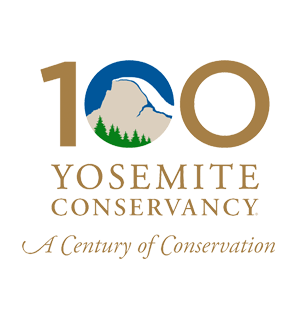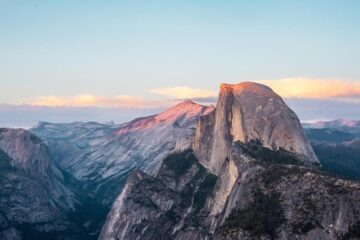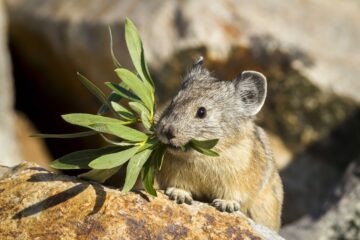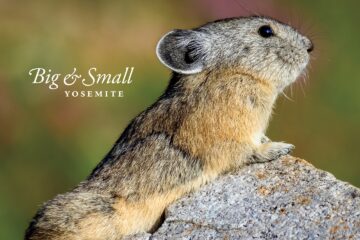If you’ve ever been to the greater San Francisco Bay Area, there’s a high chance you’ve had a taste of Yosemite, even if you’ve never visited the park!
Water in Yosemite plays a constant role in sustaining local ecosystems and an important part in carving iconic landscapes over millennia. In a state where droughts are common, and water availability fluctuates greatly from one year to the next, Yosemite’s watersheds play a major role in providing drinking water for more than 2 million Californians.
And so, if you’ve ever grabbed a cup of tap water in Yosemite or the greater San Francisco Bay Area, chances are that you know exactly what Yosemite tastes like.
Whether you’re in Yosemite, the Bay Area, or beyond, fill up your reusable water bottles and join us on a deep dive into Yosemite’s drinking water!
TL/DR
– Where does the park’s drinking water come from?
– Collect your own Yosemite drinking water! (safely, always safely)
– How Hetch Hetchy powers the Bay Area
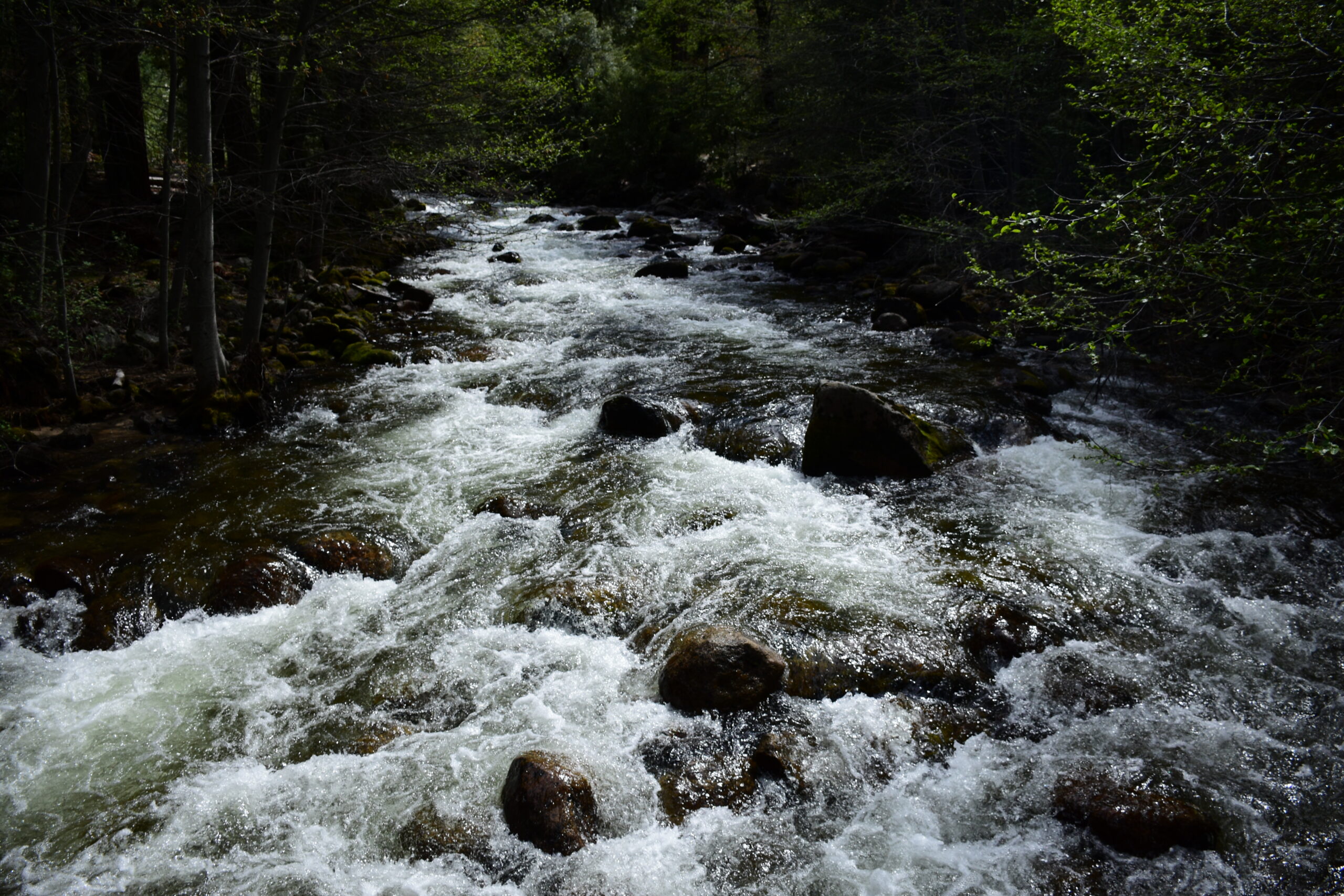
Photo by Correy Morales.
Where does drinking water in the park come from?
One of our favorite Yosemite drinking water facts is that most of the drinking water available inside the park comes from the park itself!
In Yosemite Valley, for example, drinking water is supplied by groundwater within the Valley itself. But how does this work? Well, the National Park Service (NPS) maintains groundwater wells that tap into local aquifers beneath the Valley floor. These wells draw water from alluvial aquifers, which are essentially layers of gravel and sediment that store water below ground and are replenished by snowmelt and precipitation.
There are also a variety of other water sources throughout the park. Drinking water in Tuolumne Meadows and Wawona is also mostly pumped up from groundwater wells, while the drinking water in other, more remote areas comes from surface water sources such as rivers, creeks, and mountain springs.
While nature provides these water sources, it takes careful management by park staff to ensure that this water is safe for visitor consumption. The NPS operates water treatment systems within the park’s boundaries to disinfect and treat collected water before distributing it to campgrounds, lodges, restrooms, and dining areas throughout Yosemite National Park.
Download the official NPS app to your mobile device and download Yosemite’s data. In the app, park rangers have created maps to guide you to refill stations located throughout the park — along with other great self-guide tours, tips, and park information.
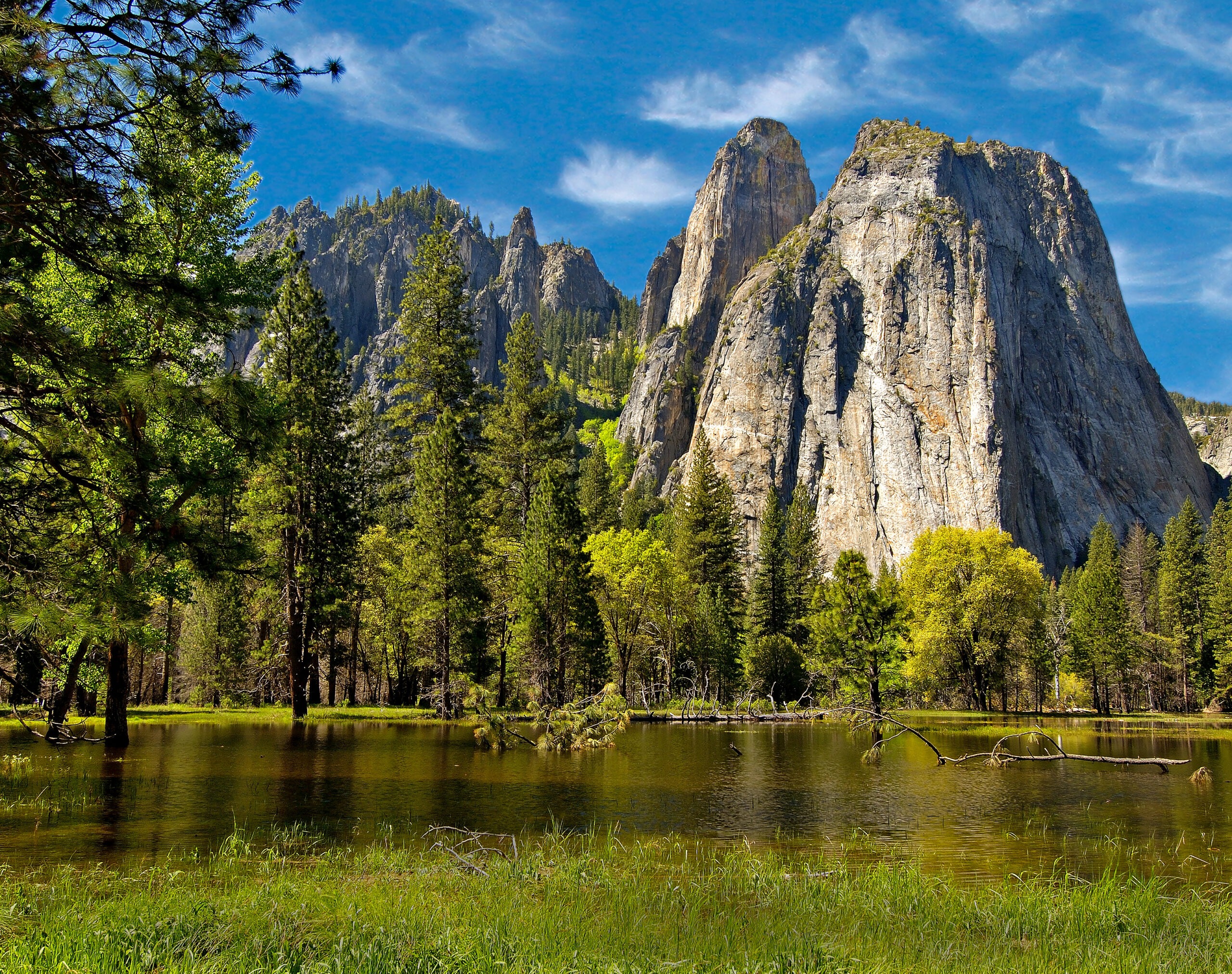
Cathedral Rocks and the Merced River in springtime. Photo by Charles A. Cagara.
Collect your own Yosemite drinking water! (safely, always safely)
While developed areas in Yosemite Valley, Wawona, and Tuolumne Meadows provide treated tap water, visitors venturing on longer hikes in more remote areas of the park are responsible for collecting and treating their own drinking water. Even though the park’s streams, lakes, and rivers often look crystal clear, untreated water can carry harmful microorganisms, including Giardia, Cryptosporidium, and bacteria like E. coli.
Hikers collecting water directly from mother nature should:
- Source water from flowing water when possible (streams, rivers, etc.) rather than still ponds, where contamination risks are higher.
- Avoid collecting water downstream of human activity, campsites, or animal grazing areas.
- Carry a reliable water treatment method, including: a portable water filter (removes bacteria and protozoa); chemical purification tablets (kills microorganisms, though not effective against some protozoa); and/or a UV sterilizer (like a SteriPEN). Boiling water for at least one minute (three minutes at higher elevations) is also effective and time-tested.
- Camp at least 100 feet from lakes and streams. In addition to camping away from water sources, campers in the backcountry should also dispose of any wastewater or human waste at least 100 feet from lakes and streams too. The exception to the 100 feet rule is along the Tuolumne River, where campers should camp or dispose waste 300 feet from the water.
The NPS advises all visitors hiking in the backcountry and all backpackers to carry at least one liter of water per hour of hiking in warm weather, and to know where reliable water sources are located along their route — especially during late summer when streams may dry up.
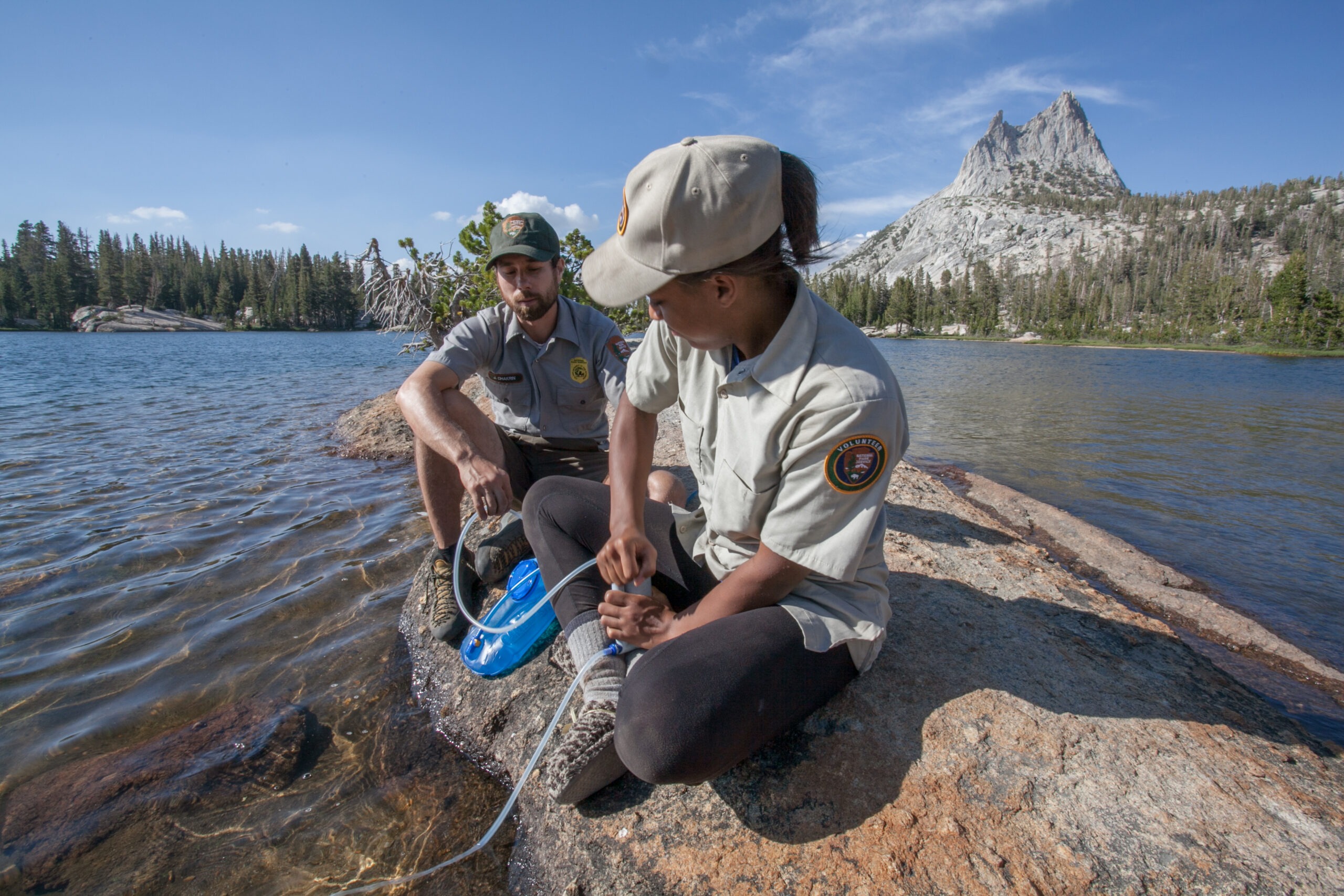
Park ranger Jesse Chakrin shows a WildLink Bridge participant how to filter water during their backpacking expedition. Photo by Yosemite Conservancy/Keith Walklet.
How Hetch Hetchy powers the Bay Area
The Hetch Hetchy Reservoir — located in the northwest corner of Yosemite — is the largest single body of water in the park, and undoubtedly the most famous drinking water source in Yosemite.
People have inhabited the Hetch Hetchy Valley for more than 6,000 years, long before the area was designated as part of the national park in the late 1800s. But it was the arrival of European Americans and the rapid growth of the San Francisco city center that had folks wanting to dam the valley as a source of drinking water.
Despite pushback from preservationists — led by John Muir — Congress authorized the construction of a Hetch Hetchy dam with the passage of the Raker Act in 1913. By 1934, the dam was delivering water 167 miles west to San Francisco and neighboring municipalities through a gravity-fed system of pipelines and tunnels.
Today, the reservoir holds and filters 117 billion gallons of clean drinking water and provides 80% of the water supply for over 2.6 million people in the greater San Francisco Bay Area. The water from Hetch Hetchy is considered some of the cleanest municipal water in the United States, and San Francisco is one of six cities in the nation that is not required to filter its tap water.
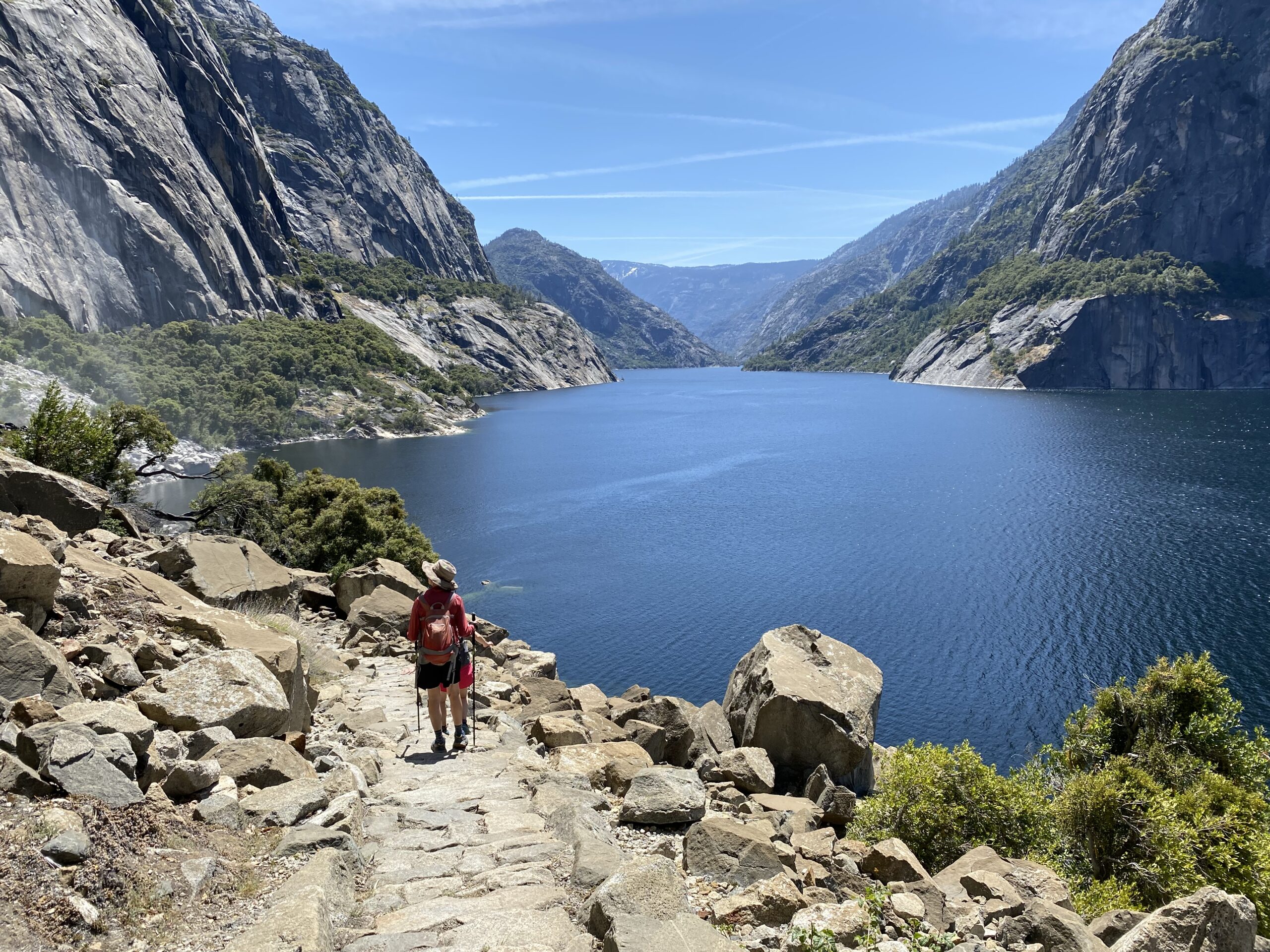
The Hetch Hetchy Reservoir provides 80% of the water supply for over 2.6 million people in the greater San Francisco Bay Area. Photo by Gretchen Roecker.
Taste Yosemite sustainably!
The next time you find yourself sipping water in Yosemite or the Bay Area, take a moment to appreciate the incredible journey that water has taken — from underground wells to your cup, or from Sierra snowmelt, through filtration systems, miles of pipes and tunnels, all the way to you.
And bonus points if you drink that water in a reusable cup or water bottle, because then you’re not only tasting one of the purest water sources in the country, you’re also helping protect it. It’s a small action with a big impact: reducing waste, conserving resources, and honoring the remarkable system that lets us drink straight from the heart of Yosemite.
Learn more about all the ways that you can join the Conservancy in sustainably caring for the park!
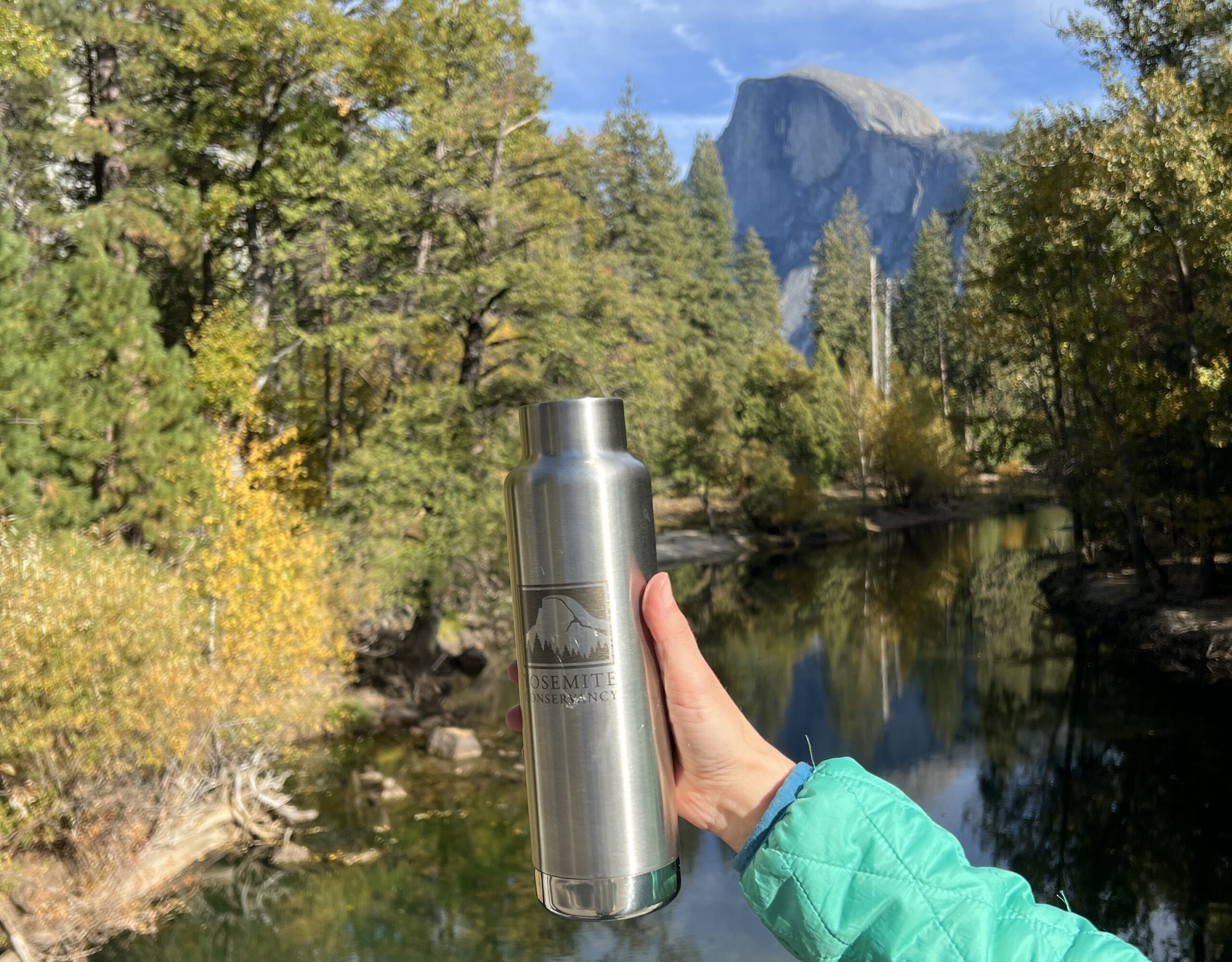
Reusable water bottles are one of the best ways to taste Yosemite! Bring your own or purchase a new one at any of the Yosemite Conservancy retail locations.
